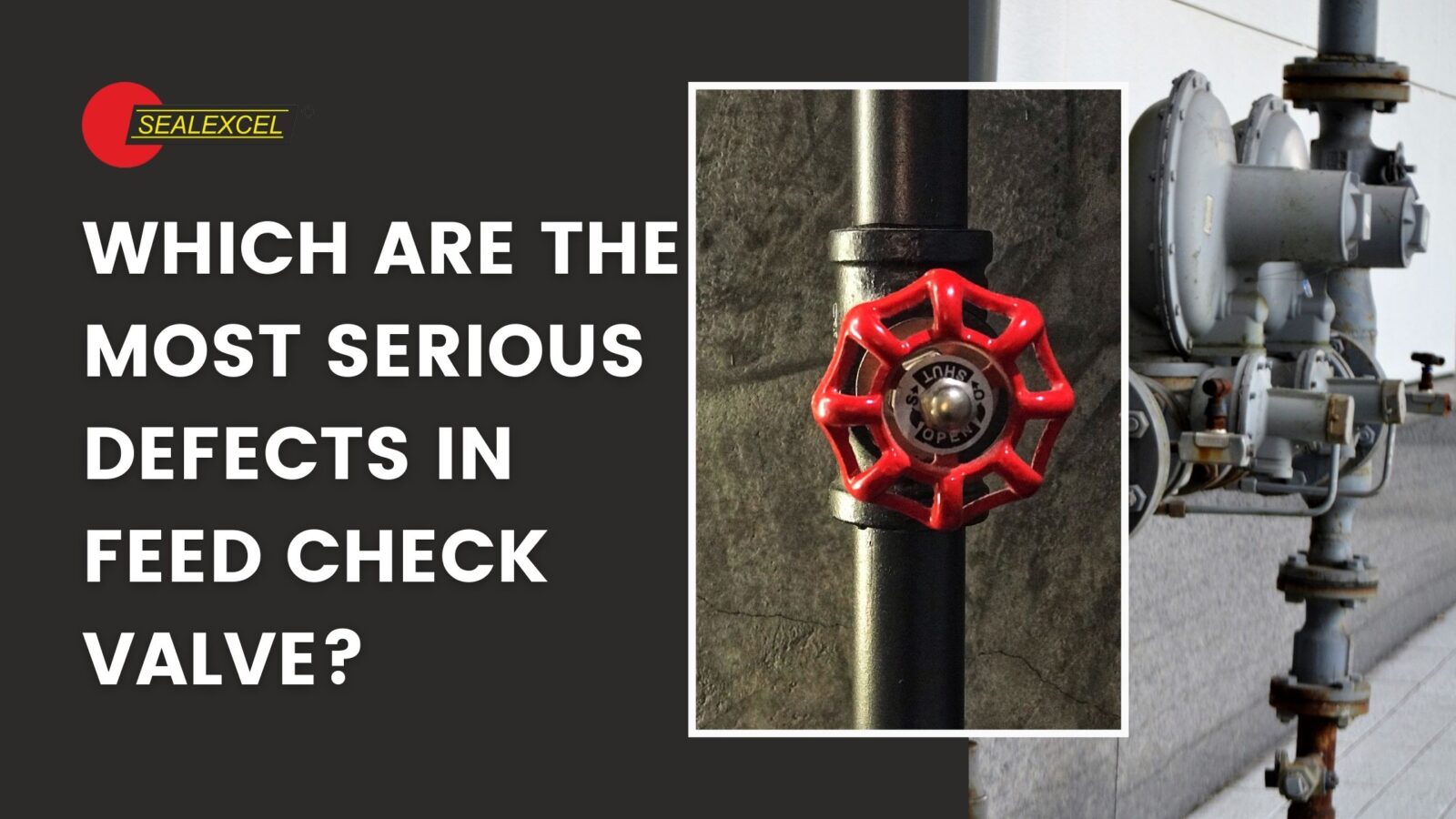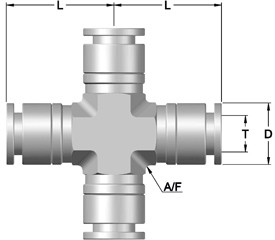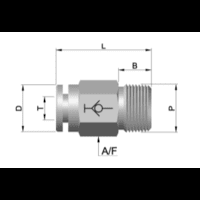
Which Are the Most Serious Defects in Check Valves?
February 2, 2022
What Is a Needle Valve and How Does It Work?
February 2, 2022Valves are essential components in almost all industrial processes by opening, closing, or partially blocking flow passages; these devices regulate, redirect, or control the flow of liquids or gasses. There are numerous valves, each with its own operating principle, configuration, power source, and application.
Three, four, and five-way ball valves are examples of multi-port valves, while a 3-way valve is the most common multi-port ball valve. A three-way ball valve has three ports or entry points connected to piping or conduit and allows gas or fluid flow (media) to pass through. These ports are customarily characterized as one inlet and two outlet ports or one outlet and two inlet ports, depending on the flow pattern through the valve.
3-way ball valves are widely used because they provide a cost-effective and straightforward solution for managing shutdown and flow channels from a single valve body.
Variations in how the pipe is lined up, how the valve ball turns the handle, and how the valve ball flows through the ball are used to control the flow through a three-way valve.
Depending on the process needs, a 3-way ball valve can service or regulate the flow in various ways, which can be accomplished with the correct valve type and design. The following are some of the requirements that a 3-way ball valve can meet:
- Completely stop the flow.
- Combine two fluids from two different sources.
- The flow of traffic can be shifted from one location to another.
- Flow can be directed to two different destinations from a single input.
- It can restrict one outlet while permitting flow in the opposite direction.
Types of 3-Way Ball Valves
L-Port and T-Port are the two varieties of 3-way ball valves. An L-Port can send flow in one direction or turn it off completely. A T-Port performs the same flow functions as an L-Port, except it cannot be turned off. The T-Port can also mix flows by sending and receiving flow to and from both sides of the Tee. The letters “T” and “L” relate to the form of the ball’s aperture.
A 3-Way Ball Valve in Action
A 3-way ball valve aligns the cut-out channels in the ball with the valve’s inlets and outlets by rotating the handle, which spins a ball in the valve body. An L-port valve’s “L”-shaped cut-out transmits fluid through 90 degrees from one port to another. A T-port valve’s “T” shape cut-out can send from one port to another, but it may also be turned so that the T aligns with the valve’s “T” shape and all three ports are mixed.
The following are the primary characteristics of a three-way Ball Valve:
- Because it opens and closes without friction, it requires less torque to turn and has zero leakage for all industrial applications.
- It has a wedge sealing surface, which means the valve leverages the force produced by the stem to press the ball against the seal, ensuring a positive seal regardless of the pipeline’s differential pressure.
- It is regarded as a self-cleaning valve because when the valve is lifted from the seat, fluid washes away all the collected dirt, leaving the sealing surface free of debris.
Seal Excel is a valve manufacturer that designs, develops, and manufactures a wide range of valves for the process, power generation, and related industries, and we possess the engineering and technical skills, as well as the infrastructure, to meet the broad automation demands of today’s process industries. Valves in various standard, unique, and bespoke configurations are available on demand for use in various applications and industries. At every level of the manufacturing process, each product is subjected to strict, rigorous checks and inspections by a competent and devoted team.




